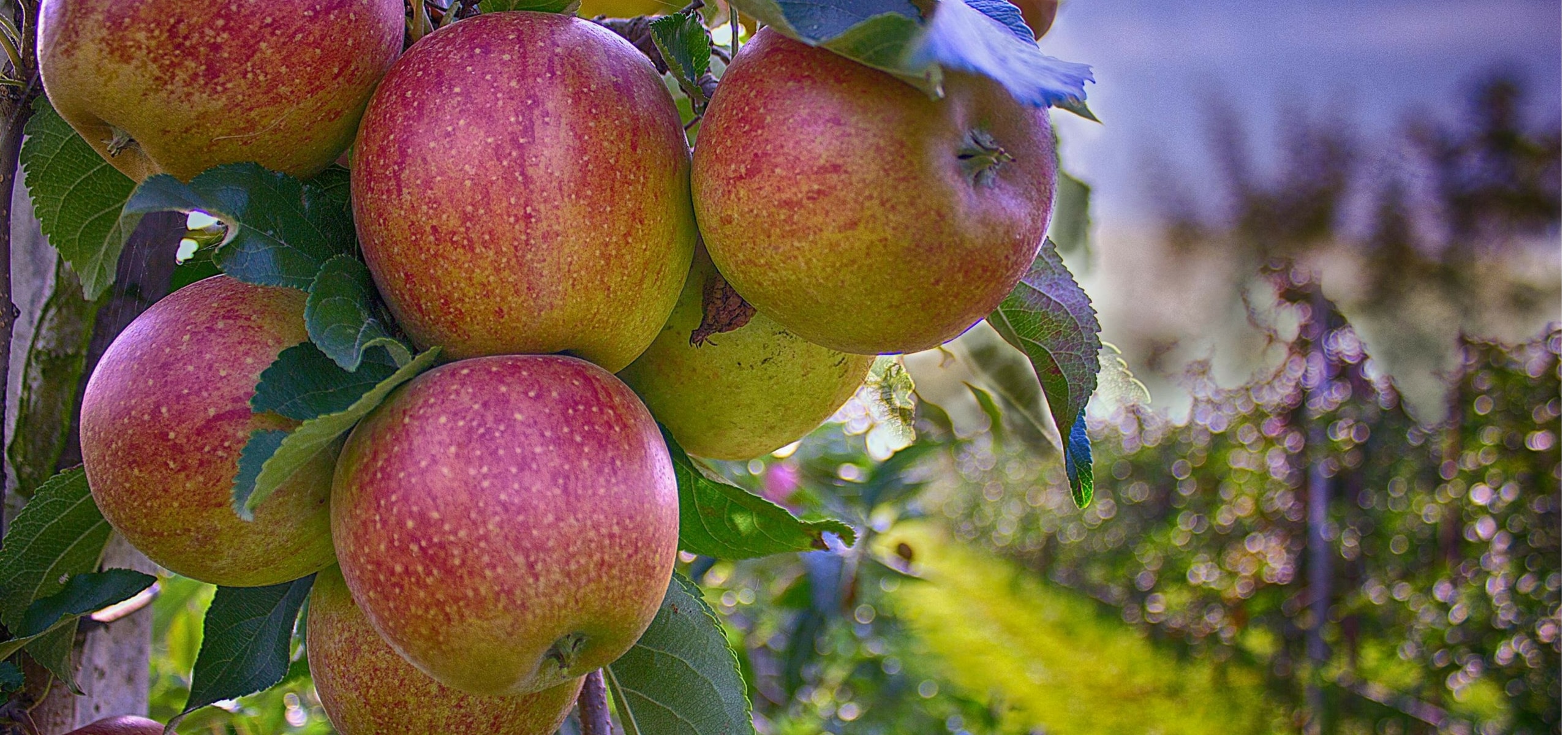
Creating an orchard: choosing fruit trees wisely
depending on its climate and the size of the garden
Contents
Creating an orchard requires some thought to ensure you choose the most suitable fruit trees for your desires and your land. Here are some tips to help you select the right varieties as well as the right shapes, depending on your garden.
Elements to consider
The location of the orchard:
- First, study the climate of your region. The duration of sunshine, winter cold, and the presence of late spring frosts are factors to consider when choosing species and varieties of fruit trees.
- Next, observe the location of your future orchard. Determine the nature of your soil, the surroundings of your land (wall, hedge…), the exposure, and any relief.
- Finally, based on the area you have available, start drawing a plan and then assess the number of fruit trees needed. This estimate will vary depending on the species (size of the tree at maturity), varieties (self-fertile or not), and the chosen forms (different planting distances). You can also include soft fruits within your orchard.
Your desires:
These must absolutely be taken into account when considering the creation of an orchard. Estimate the time you have available to set up and maintain the orchard as well as the knowledge you possess. Regarding the harvest, assess the periods when you will be available and conversely the times of absence. Also, consider your tastes; choose fruits that you enjoy and that you can process if necessary. Finally, adapt your orchard plan according to the budget you have.
Read also
Fruit trees: pruning of a young shootChoosing Fruit Trees
There are several forms of fruit trees: free-standing forms (standard and half-standard), low-stem forms, and trained forms.
You can choose a tree that is already formed or a young plant (grafted plant of one or two years) which is less expensive but requires formative pruning for several years.
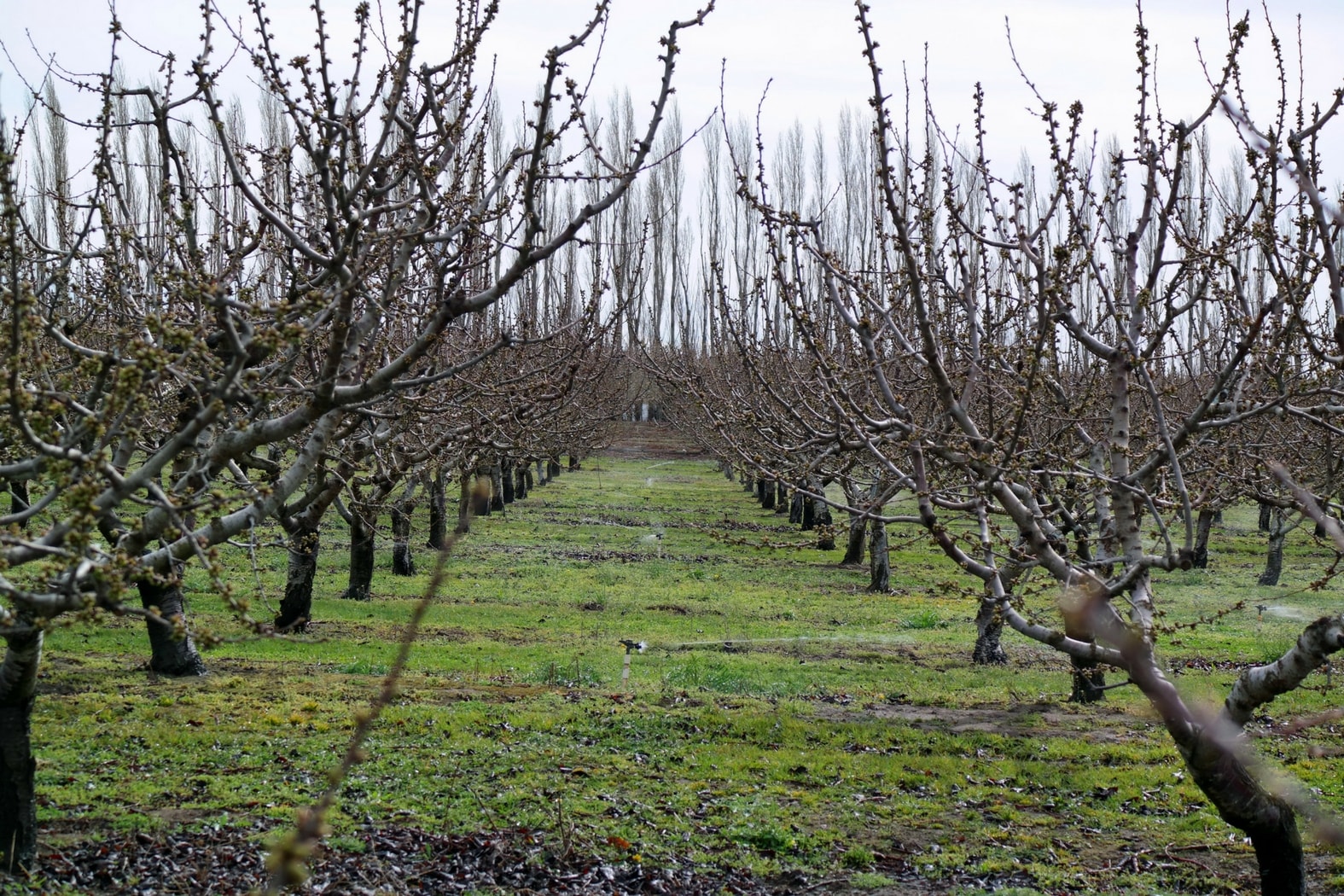
An orchard with low-stem fruit trees
We distinguish:
- high-stem trees, with a trunk height of 1.80 to 2 m,
- half-standard trees with a trunk height of 1.20 to 1.50 m,
- low-stem trees, with a trunk height of 40 to 80 cm.
High-stem trees:
A high-stem tree has a long lifespan but requires space; however, it has the advantage of not obstructing passage underneath the tree, especially with a mower. Harvesting will be more difficult, sometimes requiring a ladder or waiting for the fruits to fall to the ground. The taller the tree, the more productive it is, but this production can be irregular as thinning of the fruits is not possible. The first harvests will appear more quickly on low-stem fruit trees. These free-standing trees are easy to maintain, requiring only maintenance pruning every 3 to 5 years.
Low-stem trees:
The low-stem trees produce subjects that remain low as adults. Ranging from 3 to 4 metres in height, they have the advantage of being able to be planted a bit more densely, but their habit tends to obstruct pathways.
Trained forms:
The trained forms have an undeniable aesthetic appeal, whether they are installed along a wall or as a fruit hedge, at the edge of a vegetable garden or orchard, for example. Several forms exist (U-shaped palmette, horizontal cordon, oblique palmette…) which will be more or less suitable depending on the species, its variety, and the rootstock used. Training allows for easy-to-pick fruits that appear quickly after planting. However, these forms need to be pruned precisely every year: a skill that you may need to acquire.
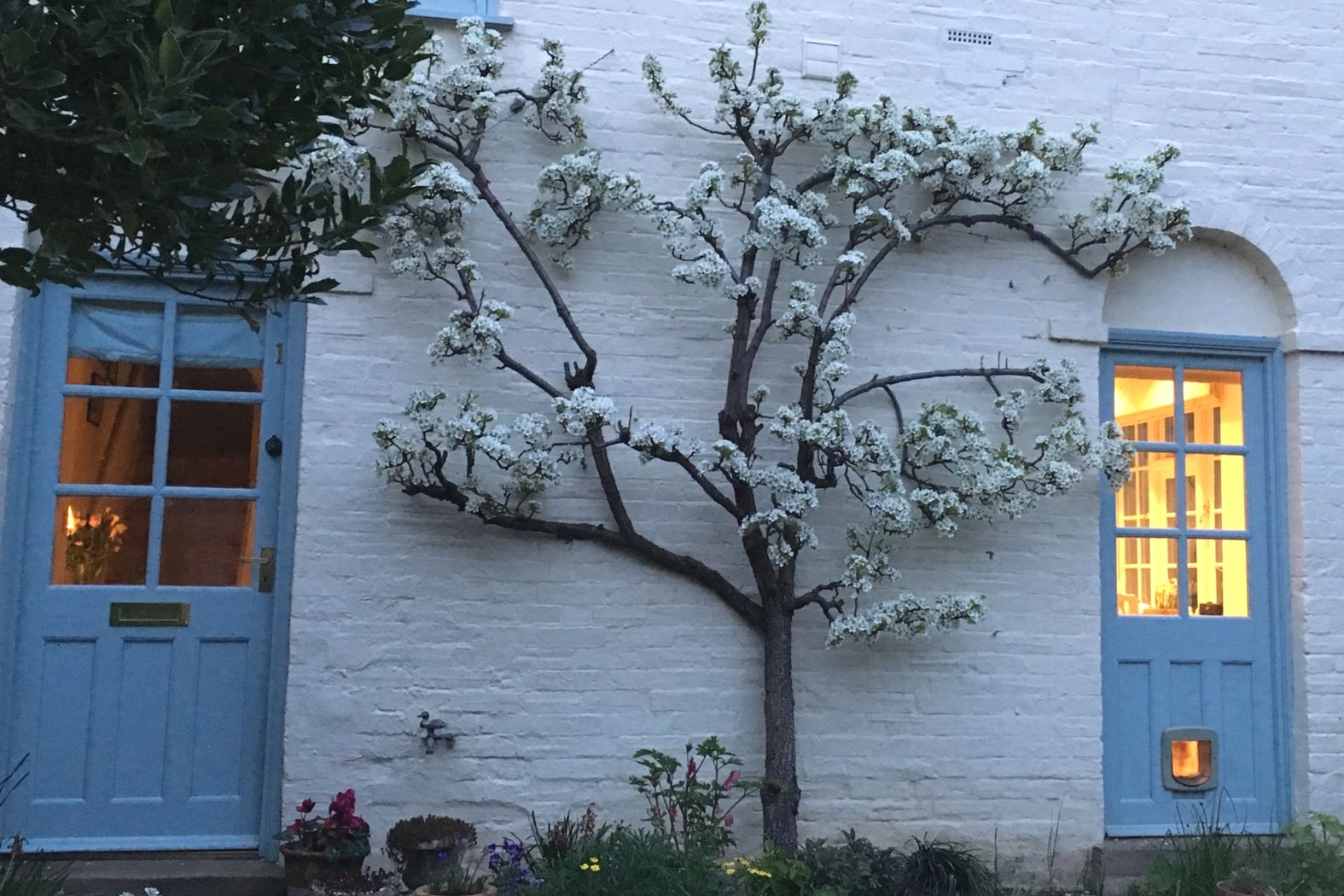
Growing a trained tree against a wall: the ideal solution for a small garden
Discover other Fruit trees
View all →Available in 0 sizes
Available in 1 sizes
Available in 1 sizes
Available in 1 sizes
Available in 1 sizes
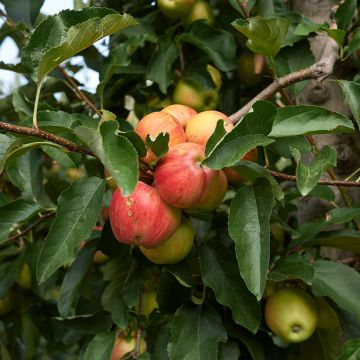
Available in 1 sizes
Available in 1 sizes
Available in 1 sizes
Available in 1 sizes
Available in 1 sizes
Planting fruit trees in a small garden
If you only have a small space, consider dwarf or columnar varieties, which can be grown in the ground and even in pots on the terrace.
Dwarf varieties exist for several species (apricots, plums, pears, cherries, apples, peaches…) while columnar forms, with a vertical habit, mainly concern apple and pear trees.
The first harvests appear quickly and picking is easy. In terms of maintenance, it is advisable to thin the fruits, but pruning will not be (or only slightly) necessary; however, you will need to be vigilant about watering for pot cultures.
To learn all about these varieties, discover our advice sheet: “Dwarf fruit trees, ideal varieties for pots or small gardens”.
Read also
How to plant a fruit tree?Discover other Fruit trees
View all →Available in 0 sizes
Available in 1 sizes
Available in 1 sizes
Available in 1 sizes
Available in 1 sizes

Available in 1 sizes
Available in 1 sizes
Available in 1 sizes
Available in 1 sizes
Available in 1 sizes
- Subscribe!
- Contents
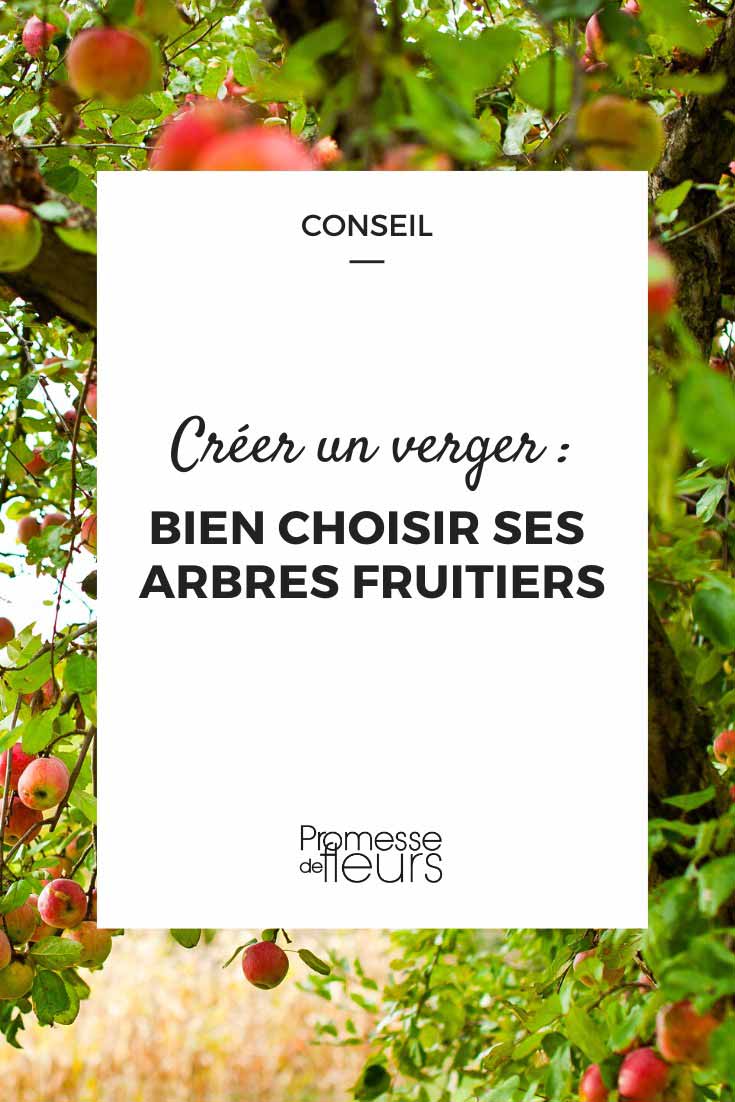































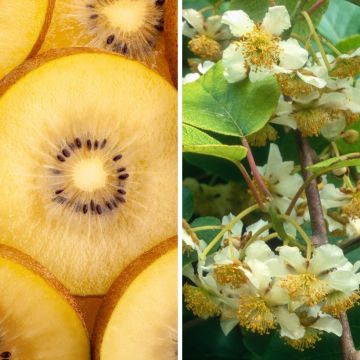
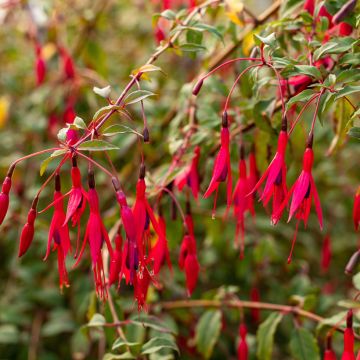
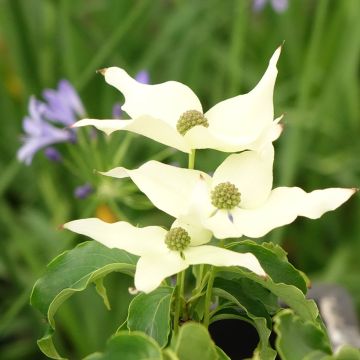
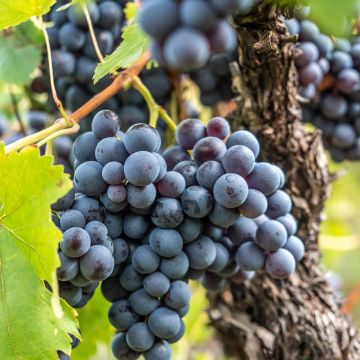
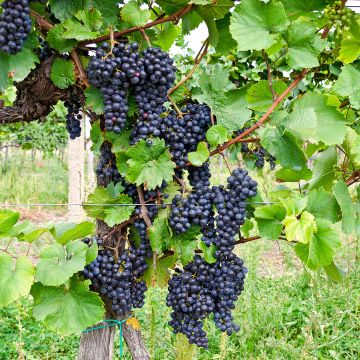
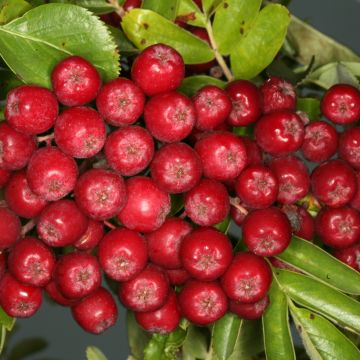
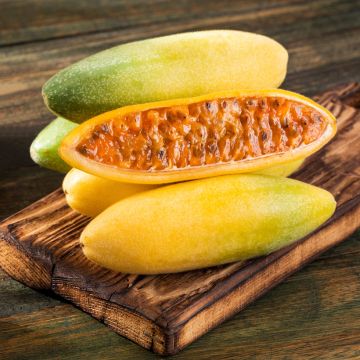
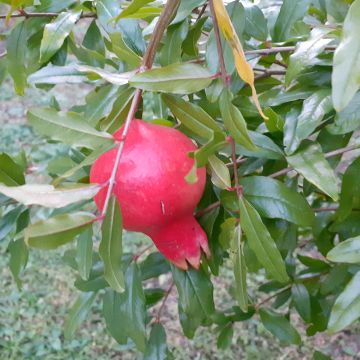
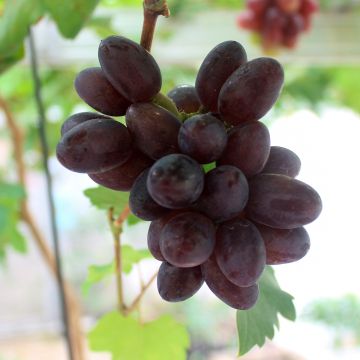
Comments